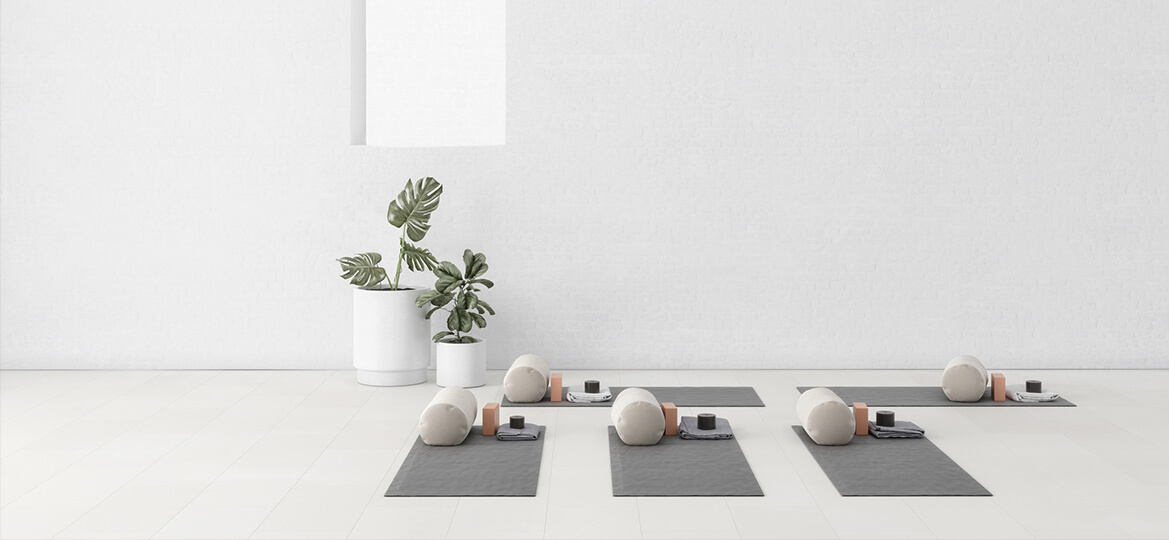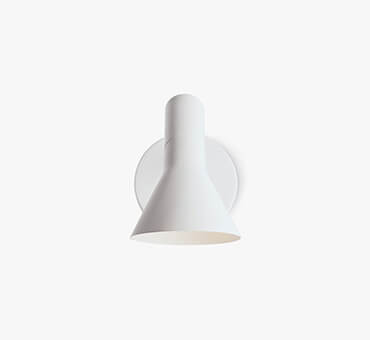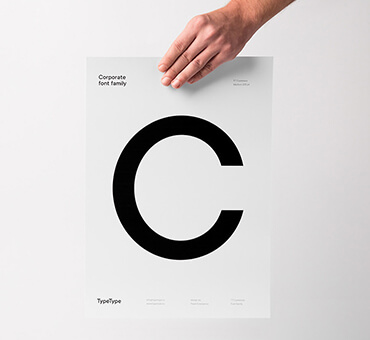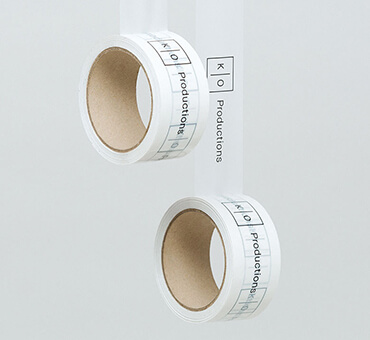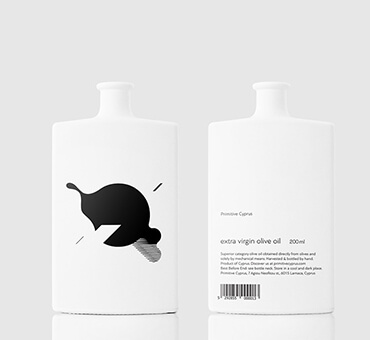Baby Development During Pregnancy: The role of external stimuli
As an expectant mother, you’re experiencing the miracle of life unfolding within you.
During pregnancy, your baby’s senses are developing and they begin to experience the world
in their own unique way. It’s fascinating to consider the stimuli that can influence and shape
your little one’s development even before they are born.
In this comprehensive guide, we’ll explore the various stimuli that can affect your baby
during pregnancy, from sounds and voices to music, movement, and even your emotions. So,
let’s dive into the wondrous world within and discover how these stimuli can shape your
baby’s early experiences.

1. Baby Development During Pregnancy: The Power of Sound
Sound is one of the first senses that your baby develops in the womb.
From the comforting rhythm of your heartbeat to the gentle gurgles of your digestive system,
your baby is surrounded by a symphony of sounds.
They can also hear external sounds, such as your voice, conversations, and music. Talking or
singing to your baby can create a sense of familiarity and connection. Consider playing soft,
soothing music or reading aloud to your baby to establish a calming auditory environment.
2. Familiar Voices
Your baby is able to recognise and respond to familiar voices, especially yours and your
partner’s.
Talking to your baby regularly can help establish a bond and create a sense of security.
Engage in conversations, use Welsh or other languages too if you speak them, foetuses can
amazingly distinguish between languages before they are born. Share your thoughts, and
express your love. Your voice will become a comforting presence for your baby both in the
womb and after birth.
3. Baby Development During Pregnancy: Music and Melodies
Music has a profound impact on our emotions, and your baby is no exception.
Playing gentle and soothing music can create a peaceful and harmonious environment in the
womb. Explore different genres and see how your baby responds. Classical music, lullabies,
or even your favourite tunes can provide a soothing and nurturing experience for both you
and your baby.
4. The Rhythm of Movement
Your baby is constantly surrounded by movement within the womb.
From the gentle swaying of your body to the rhythms of your daily activities, movement can
have a calming effect on your baby.
Walking, rocking in a chair, or even engaging in light exercises can create a sense of comfort
and security for your little one.
5. Sensations of Touch:
As your baby grows, they become more sensitive to touch. They can feel the gentle pressure
of your hands on your belly, the movement of your body, and even external stimuli such as
vibrations. Take time to connect with your baby through gentle caresses, massages, and belly
rubs.
These loving touches can create a sense of bonding and well-being.
6. Emotional Connection
Your emotional state has a profound impact on your baby. Research suggests that your
emotions, whether positive or negative, can be transmitted to your baby in the womb. It’s
important to cultivate a positive and nurturing emotional environment, surrounding yourself
with love, joy, and support. Engage in activities that bring you happiness and seek emotional
support when needed.
7. Nutrition and Taste
The foods you consume during pregnancy can introduce your baby to different tastes and
flavours.
Amniotic fluid carries the flavours of the foods you eat, allowing your baby to experience a
variety of tastes even before their first meal. It’s important to maintain a balanced and
nutritious diet, incorporating a wide range of fruits, vegetables, and whole grains.
8. Baby Development During Pregnancy: Light and Darkness
Although your baby cannot see in the traditional sense, they can perceive changes in light and
darkness.
When you move from brightly lit environments to dimly lit spaces, your baby experiences a
shift in the level of light exposure. It’s interesting to consider that your baby’s sleep-wake
cycles may align with your daily activities and exposure to light.

9. External Stimuli
In addition to the stimuli from within the womb, your baby can also be influenced by external
factors. These may include:
- Your Surroundings: The environment in which you live can have an impact on your baby.
For example, if you live in a noisy city, your baby may become accustomed to the sounds of
traffic and urban life. On the other hand, if you live in a quieter area, your baby may be more
sensitive to sudden loud noises. - Interactions with Others: Your interactions with family members, friends, and even pets can
have an effect on your baby. Positive and loving interactions can create a sense of security
and well-being, while negative or stressful interactions can have the opposite effect. - Sibling Bonding: If you have other children, their interactions with your belly and their
voices can also be stimuli for your baby. Encourage them to talk, sing, and gently touch your
belly to foster a connection. with their future sibling.
As you marvel at the incredible journey of pregnancy, it’s important to remember that your
baby is already experiencing and responding to stimuli within and outside the womb. From
the comforting sounds of your voice and music to the gentle movements and loving touches,
these stimuli play a vital role in shaping your baby’s early experiences. Take this opportunity
to create a nurturing and stimulating environment, filled with love, positivity, and relaxation.
Embrace the joy and wonder of bonding with your baby even before they enter the world.
Pregnancy is a truly magical time, and by understanding the stimuli that affect your baby, you
can enhance their early development and set the stage for a lifetime of growth and happiness.
So, cherish these precious moments, and let your baby’s journey into the world be one filled
with love and wonder.
Images of expecting women above taken by Andrea B Photography during various maternity
photography sessions.






